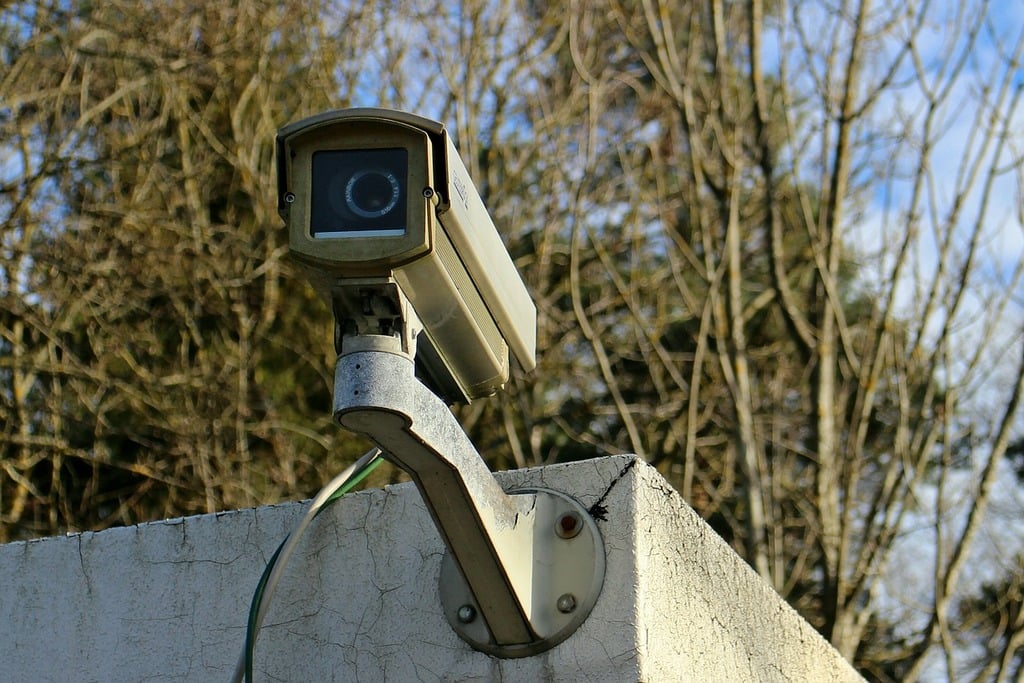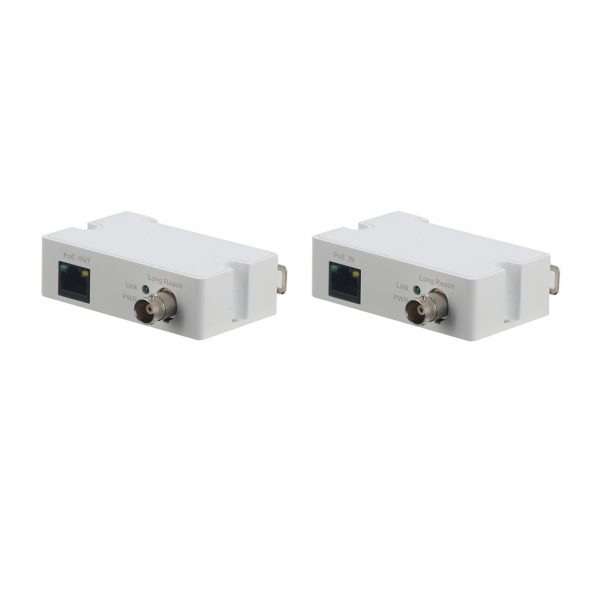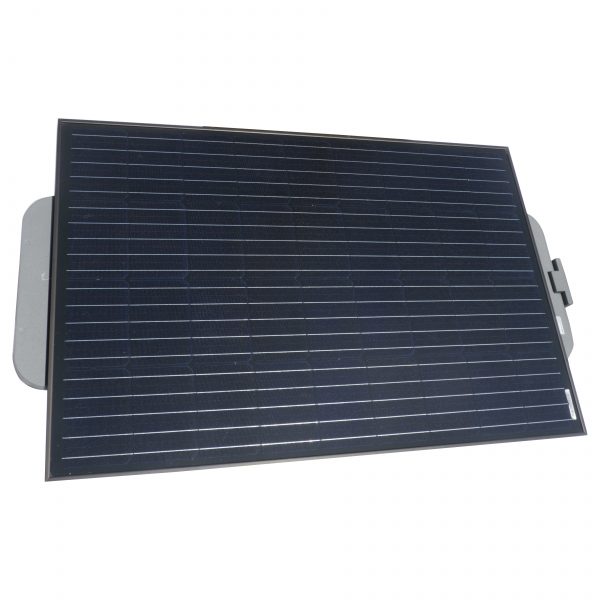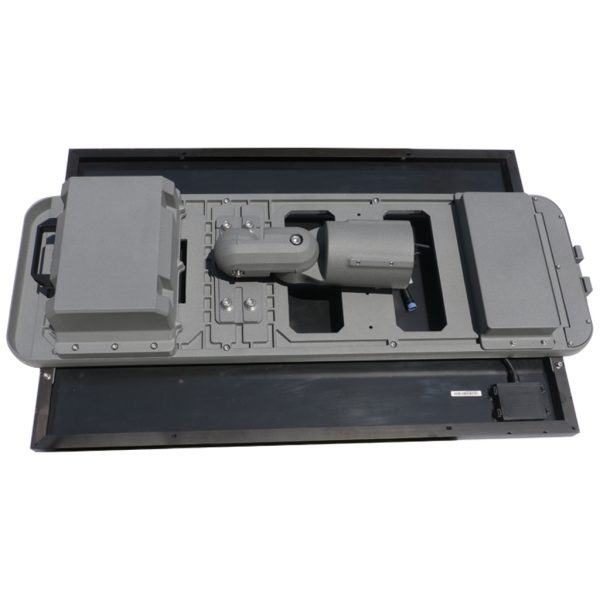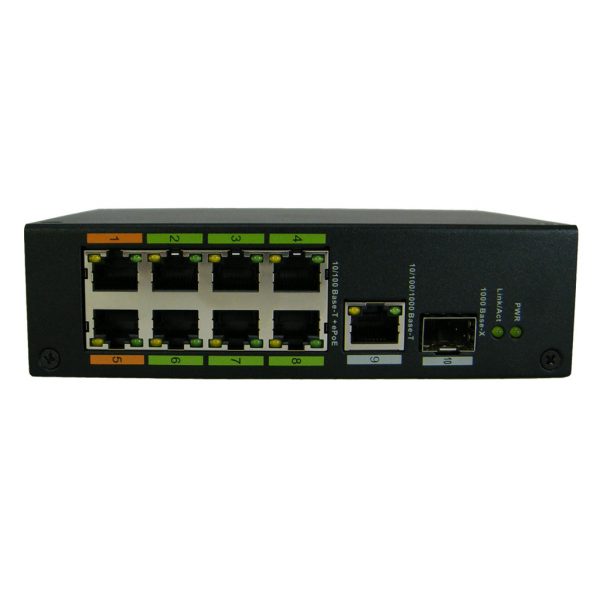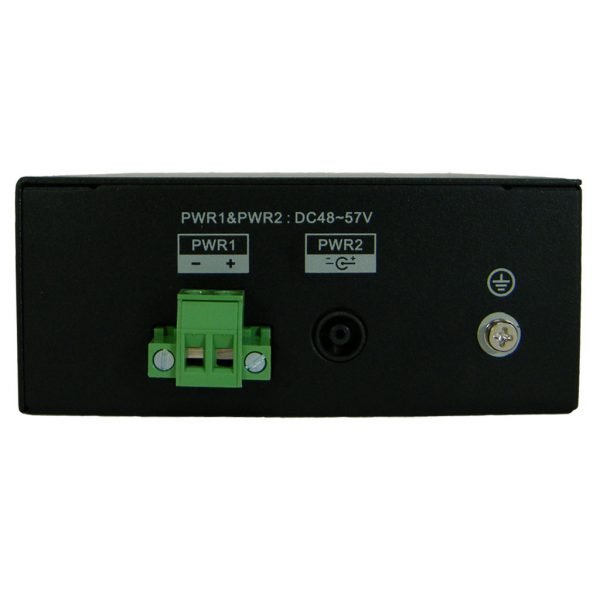A reliable power supply is essential for the consistent and efficient operation of security cameras. Understanding how power supplies work with security cameras can help ensure that your surveillance system remains operational and effective. This comprehensive guide explains the types of power supplies used, how they work, and their role in maintaining security camera functionality.
Types of Power Supplies for Security Cameras
- Direct Current (DC) Power Supplies:
- Overview: Most security cameras use DC power supplies, typically 12V or 24V. These supplies convert the alternating current (AC) from your mains electricity into the direct current (DC) that cameras need.
- Applications: DC power supplies are used in various surveillance setups, from residential to commercial installations.
- Power over Ethernet (PoE):
- Overview: PoE allows both data and power to be transmitted over a single Ethernet cable (Cat5e, Cat6), simplifying the installation process by eliminating the need for separate power cables.
- Applications: Commonly used for IP cameras in network-based surveillance systems, providing a clean and efficient power solution.
- Alternating Current (AC) Power Supplies:
- Overview: Some security cameras, especially older models or specific industrial types, may use AC power supplies. They typically require 24V AC.
- Applications: Less common in modern installations, but still used in certain high-power or industrial camera setups.
- Battery Power:
- Overview: Battery-powered security cameras use rechargeable or replaceable batteries, offering the flexibility to install cameras in locations without access to mains power.
- Applications: Ideal for temporary setups, remote locations, and areas with intermittent power availability.
How Power Supplies Work with Security Cameras
- DC Power Supply:
- AC to DC Conversion: The power supply unit (PSU) converts AC electricity from the mains into the appropriate DC voltage (e.g., 12V, 24V) required by the camera.
- Voltage Regulation: The PSU ensures that the voltage is stable and consistent, preventing damage to the camera from voltage fluctuations.
- Power Transmission: The DC power is transmitted through a power cable to the camera. Some setups use Siamese cables, which combine power and video cables in a single unit.
- Power over Ethernet (PoE):
- PoE Switch/Injector: A PoE switch or injector provides power through the Ethernet cable along with data signals. The switch/injector converts the AC power to DC and transmits it through the Ethernet cable.
- Integrated Power and Data: The Ethernet cable connects to the camera, delivering both power and data. This simplifies cabling and reduces installation costs.
- PoE Standards: There are different PoE standards, such as IEEE 802.3af (PoE), IEEE 802.3at (PoE+), and IEEE 802.3bt (PoE++), each supporting different power levels to accommodate various camera requirements.
- AC Power Supply:
- Direct AC Connection: The camera connects directly to an AC power source. The power supply may include a transformer to step down the voltage to the required level (e.g., 24V AC).
- Internal Conversion: Some cameras have internal circuitry to convert AC to DC for internal components, but this is less common in modern cameras.
- Battery Power:
- Battery Operation: The camera operates on power from its internal battery. Rechargeable batteries can be charged via a power adapter or solar panel.
- Battery Management: Modern battery-powered cameras often include battery management systems to optimize power usage and extend battery life.
- Remote Locations: Battery power allows for camera deployment in locations without access to mains power, offering flexibility in surveillance coverage.
Benefits of Using the Right Power Supply
- Reliability: Ensures continuous operation and reduces the risk of power interruptions.
- Flexibility: PoE and battery options provide flexible installation in various environments.
- Efficiency: Proper voltage regulation and power management extend the lifespan of cameras and reduce maintenance needs.
Related Products
120W Solar Panel W/ Controller & 45Ahr Battery
Specifications
- System Output Voltage: 12.8V DC (11.1V DC to 14.6V DC)
- System Output Current: 1A
- Idling Power Consumption: < 0.5W
- Solar Panel Type: Monocrystalline silicon
- Solar Panel Max Power: 120W
8 Port ePOE Switch (8FE ePOE/1GE/1GX)
Specifications
- Ports: 8
- PoE Power Consumption: Ports 1, 5 ≤60W | Ports 2, 3, 4, 6, 7, 8 ≤30W
- PoE Power Supply: DC48~57V
- Switching Capacity: 8.8Gbps
Frequently Asked Questions (FAQ)
- What is the most common power supply for security cameras?
- Most security cameras use 12V DC power supplies, which are efficient and widely supported.
- Can I use PoE with any security camera?
- No, only cameras designed for PoE can be powered this way. Ensure your camera supports PoE before using it.
- How do I know if my camera uses DC or AC power?
- Check the camera’s specifications or the label on the power port. It will indicate whether the camera requires DC or AC power and the voltage.
- Can battery-powered cameras be used continuously?
- Battery-powered cameras can operate continuously, but battery life and power management are critical factors. Some models include solar panels for continuous charging.
- What happens if the power supply voltage is incorrect?
- Using an incorrect voltage can damage the camera or cause it to malfunction. Always use the power supply specified by the camera manufacturer.

